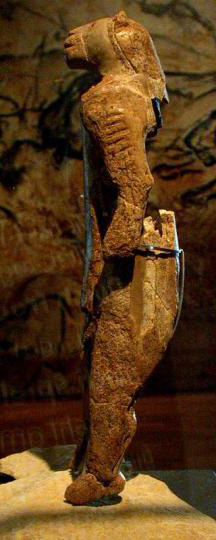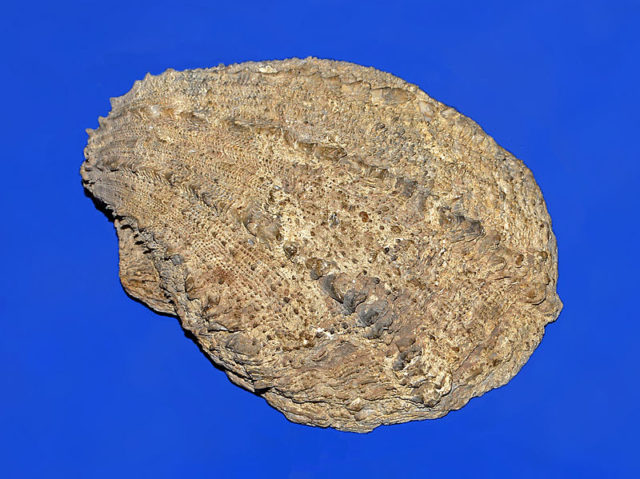During the early 5th millennium BC, the prehistoric people living in the Central and Eastern regions of the Balkans adapted metal processing techniques into a new industry that would shape the coming millennium. The consensus among archaeologists is that this was a particularly important era for the cultures of the Balkans. Researchers suggest that these people experienced a constant increase in population partly because the trading of metals coupled with salt and other goods enabled these prehistoric cultures to enjoy a more habitable social environment, which inevitably drove economic and demographic expansion.

Amongst these ancient cultures archaeologists have identified possibly the very first human civilization that utilized copper, a culture called Tell Yunasite. The recent discovery of their urban settlements and pictograms point towards the fact these cultures were not only the most civilized in Europe but they were also the most notable in the prehistoric age.
From 2012 to 2015, the researchers and archaeologists working for BHFS saw incredible successes after their excavation at the Tell Yunasite’s possible sites unearthed a plethora of artifacts. The discoveries include zoomorphic and anthropomorphic figurines, weapons, finely decorated pottery, Spondylus jewelry, and a number of shards with pictograms and characters etched on them.

Balkan Heritage Foundation has been conducting excavation sessions for those interested in taking part in the field work on some of the Tell Yunasite ruins. These sessions enable the participants to perform some real excavation under the watchful eyes of experts and to go through the centuries of the lives and cultures of the Tell Yunasite people who laid the foundations of the very first civilization in Europe.
The project session that took place in 2016 had three modules for the participants: excavation at the Chalcolithic structures, maintenance of field journal on a daily basis, and filling all the context sheets and labels. The work also included some extensive drawings and illustrations, including the drawing of an elevation plan, a ground plan, and a cross-section, with a 3D positioning of all the findings and the coordinates of the precise location. In the post-excavation part, the participants had to attend lectures, and workshops (some during the excavations) while the adequate field training was provided before the actual field work had officially commenced.
The field training has extensive programs offering experience and training to volunteers and a number of useful academic programs that award credits to students in cooperation with Institute for Field Research USA and Bulgaria’s New Bulgarian University.
